Ihwa Sikdang (이화식당)
14.1Km 2021-03-24
214-6, Jeonseo-ro, Andong-si, Gyeongsangbuk-do
+82-54-842-3456
This Andong Jjimdak restaurant is located near Hahoe Village. This Korean dishes restaurant is located in Andong-si, Gyeongsangbuk-do. The most famous menu is andong braised chicken.
Bune Sikdang (부네식당)
14.1Km 2021-03-24
214-6, Jeonseo-ro, Andong-si, Gyeongsangbuk-do
+82-54-821-2738
This is a place where you can enjoy Andong Jjimdak, the representative dish of Andong. The best menu at this restaurant is bibimbap. This Korean dishes restaurant is located in Andong-si, Gyeongsangbuk-do.
Hahoe Minsok Sikdang (하회민속식당)
14.1Km 2021-03-24
214-6, Jeonseo-ro, Andong-si, Gyeongsangbuk-do
+82-54-853-0521
This is a place where you can enjoy Andong steamed chicken and grilled mackerel, the representative foods of Andong. This Korean dishes restaurant is located in Andong-si, Gyeongsangbuk-do. The most famous menu is Andong braised chicken.
Haemul Mongttang Kalguksu (해물몽땅칼국수)
14.2Km 2021-03-24
287, Gwangwangdanji-ro, Andong-si, Gyeongsangbuk-do
+82-54-821-9290
It is a place where you can eat Kalguksu (chopped noodle soup) made with abundant seafood. This Korean dishes restaurant is located in Andong-si, Gyeongsangbuk-do. The most famous menu is noodle soup with clams.
Donkkaseu Wa (돈까스와)
14.2Km 2021-06-25
287, Gwangwangdanji-ro, Andong-si, Gyeongsangbuk-do
+82-54-841-9290
This house offers homemade pork cutlet made from odor-free raw materials/refrigerated pork loin and formed into patties. This Korean dishes restaurant is located in Andong-si, Gyeongsangbuk-do. The most famous menu is pork cutlet.
Traditional Resort Gurume [Korea Quality] / 구름에 [한국관광 품질인증]
14.2Km 2023-04-13
190, Minsokchon-gil, Andong-si, Gyeongsangbuk-do
+82-54-823-9001
Gurume Resort is where early traditional Korean guesthouses are located. The traditional Korean houses were relocated to this place after a flood. The resort consists of seven traditional Korean houses named "Baksanjeong,” "Cheongongjeong,” "Gamdongjaesa,” "Palhoedangjaesa,” "Gyenam Old House,” "Seounjeong,” and "Chilgok Old House." Built in the 17th century, "Baksanjeong" is the oldest house there, and it has one guestroom. “Cheongongjeong,” “Gamdongjaesa,” and “Palhoejaesa” were built in the 18th century, whereas "Seounjeong,” "Gyenam Old House,” and "Chilgok Old House" were built in the 19th century. For this reason, the traditional Korean houses look slightly different from each other with one thing in common: they were all renovated and equipped with comfortable modern facilities while preserving most of the features of a traditional Korean house. All the guestrooms are furnished with bathroom with shower and air conditioning system. A hi-tech security system is also installed to ensure the safety of the guests. In addition to Gurume Resort, Happy Traditional Village also has a book café housed in a traditional Korean house as well as dining restaurant, experience rooms, and plaza, allowing the visitors to lodge and engage in a wide range of activities. There is a special package for staying at an old traditional Korean house and using the auxiliary facilities. For more information on various events and news, please visit the Happy Traditional Village website.
Heotjesabap (헛제사밥(맛50년))
14.2Km 2021-05-07
201, Seokju-ro, Andong-si, Gyeongsangbuk-do
+82-54-821-2944
It is a restaurant that sells Andong’s traditional dishes. This Korean dishes restaurant is located in Andong-si, Gyeongsangbuk-do. The most famous menu is Andong-style bibimbap.
Heotjesabap Kkachi Gunmeongjip (헛제사밥까치구멍집 )
14.2Km 2020-04-21
203, Seokju-ro, Andong-si, Gyeongsangbuk-do
+82-54-821-1056
Heotjesabap Kkachi Gumeongjip is a popular restaurant located in Andong, serving yangbansang (yangban table set) fit for the aristocracy. The restaurant interior design features a traditional hanok floor, bringing the aristocratic feeling to life. One of the most popular dishes is hoetjesabap (Andong-style bibimbap). Heotjesabap coloring is not vibrant, but the dish is flavorful, with vegetables and jeon (savory pancakes) piled atop rice. The restaurant, with traditional tiles and designs, producing a feel of gentle harmony and overall traditional beauty coupled with a modern feel.
Puente Woryeonggyo (월영교)
14.3Km 2024-07-18
Sanga-dong, Andong-si, Gyeongsangbuk-do.
Abierto en 2003, el puente Woryeonggyo (de 387 metros de largo y 3,6 metros de ancho) es el camino pedestre de su tipo en madera más largo de Corea. El puente tiene una leyenda, que habla de una viuda que hizo un par de zapatos de cáñamo a partir de su cabello, mientras sentía la muerte de su esposo. En conmemoración de su pureza y lo noble de su amor, el puente fue designado en el estilo de mituri (cáñamo). En el centro del puente se ubica el pabellón Woryeongjeong.
Bukchondeak [Korea Quality] / 하회 북촌댁 [한국관광 품질인증]
14.3Km 2020-09-08
7, Hahoebukchon-gil, Pungcheon-myeon, Andong-si, Gyeongsangbuk-do
+82-54-853-2110, +82-10-2228-1786
Located in Hahoe-ri (Pungcheon-myeon, Andong-si, Gyeongsangbuk-do), Hahoe Bukchondaek House is a hanok stay that was originally built by a civil official named Ryu Sa-chun in 1797 (the 21st year of the reign of King Jeongjo of the Joseon dynasty). It consists of a small sarangchae (men’s quarters) with two wing buildings at sides. As the anchae (women’s quarters), large sarang, daemungan (gate building), and shrine were built by Ryu’s great-grandson, Ryu Do-seong (who served as a governor of Gyeongsang-do), in 1862 (the 13th year of the reign of King Cheoljong), the house displays the typical features of a Joseon nobleman’s house and is the largest in Hahoe. The large sarangbang, Bukchonyugeo (measuring 7-kan* at the front, 3-kan at the sides), consists of two 2-kan rooms, two 1-kan rooms, a 4-kan daecheong (wooden floor), a 3-kan numaru (upper floor), a 3-kan kitchen, a 3-kan garret, a 5-kan toe (the narrow wooden veranda running along the outside of the building), and a jjokmaru (narrow wooden veranda). The entire building can be converted into a single space simply by opening the sliding doors between the rooms and the doors between the rooms and the daecheong. The medium-sized sarang, Hwagyeongdang, consists of a 2-kan room, a 1-kan daecheong, a 3-kan toe, and a jjokmaru, while the small sarang, Susinwa, consists of a 1-kan room, a 1-kan daecheong, and a 2-kan toe. The anchae has a courtyard in the middle, a kitchen, a main room, a daecheong, a gobang (storeroom), a witsangbang (upper room), a toenmaru (a narrow wooden porch running along the outside of the building), an araetsangbang, a jungmun that links to the large sarang, an araetgwang (storeroom), a dwiju (grain-chest), and a munganbang (gate building room). The munganchae (gate building) and shrine are also situated within the grounds of the house, along with a 300-year-old pine tree that is known for its curved shape, which is said to resemble the Nakdonggang River as it meanders around the village of Hahoe. The house contains valuable cultural heritages including Doseongpaldojido (Map of the Eight Provinces of Korea), which is estimated to date from the seventeenth century, and is regarded as an invaluable historic material as it includes Dokdo Island and Jiandao as part of the Korean territory, and a painting titled ‘Sehwa,’ which is believed to have been given to Ryu Yi-jwa (pen-name: Hakseo, 1763-1837) by the king as a New Year’s present. Bukchondaek House was built by one of the richest families in Hahoe, who are well known for their generosity as they have helped local people on many occasions throughout history. *kan: a unit of measurement referring to the distance between two columns.
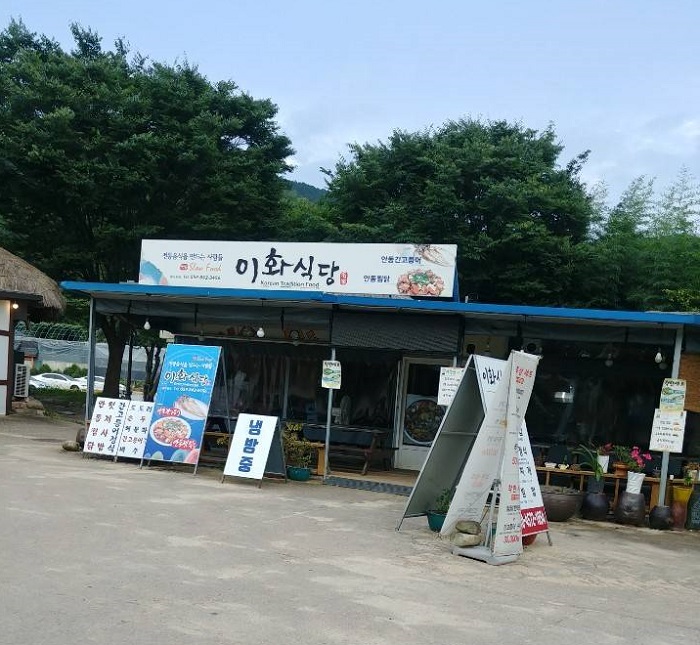
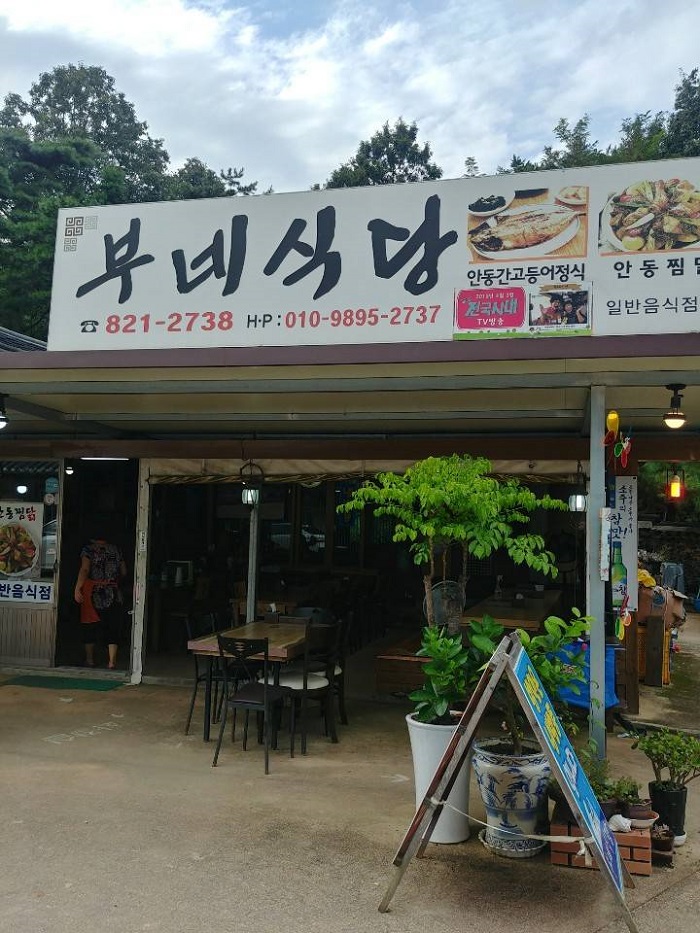
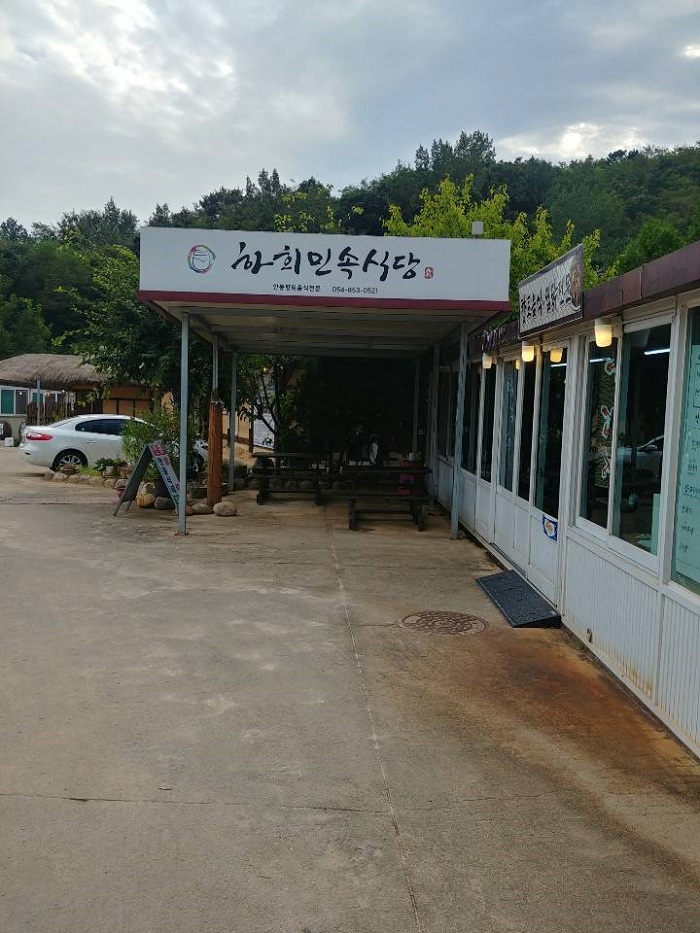
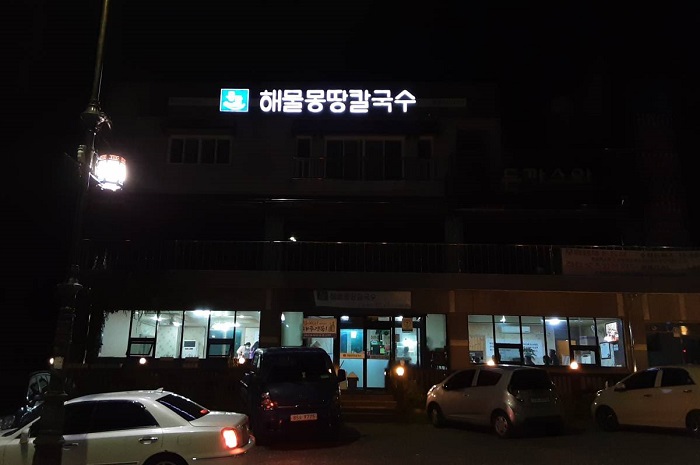
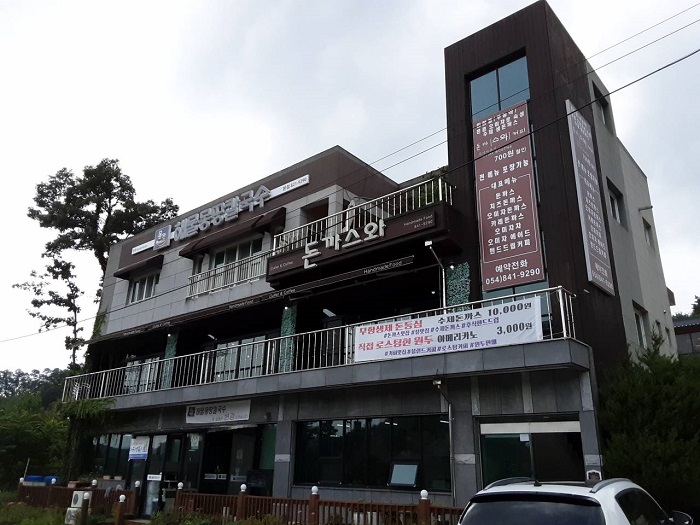
![Traditional Resort Gurume [Korea Quality] / 구름에 [한국관광 품질인증]](http://tong.visitkorea.or.kr/cms/resource/56/2581156_image2_1.jpg)

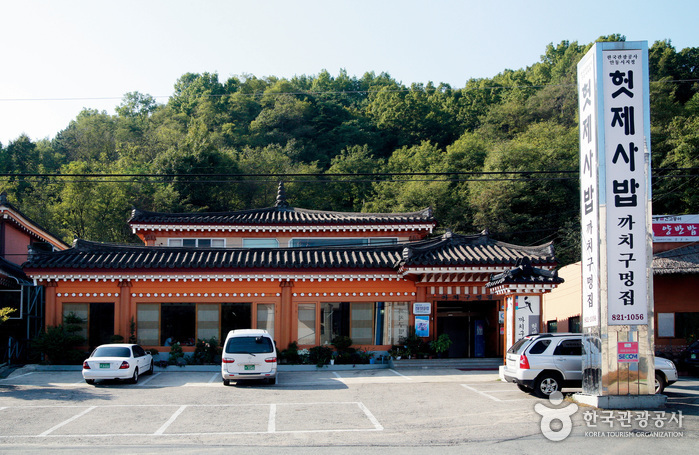
![Bukchondeak [Korea Quality] / 하회 북촌댁 [한국관광 품질인증]](http://tong.visitkorea.or.kr/cms/resource/74/2626274_image2_1.jpg)
 Español
Español
 한국어
한국어 English
English 日本語
日本語 中文(简体)
中文(简体) Deutsch
Deutsch Français
Français Русский
Русский